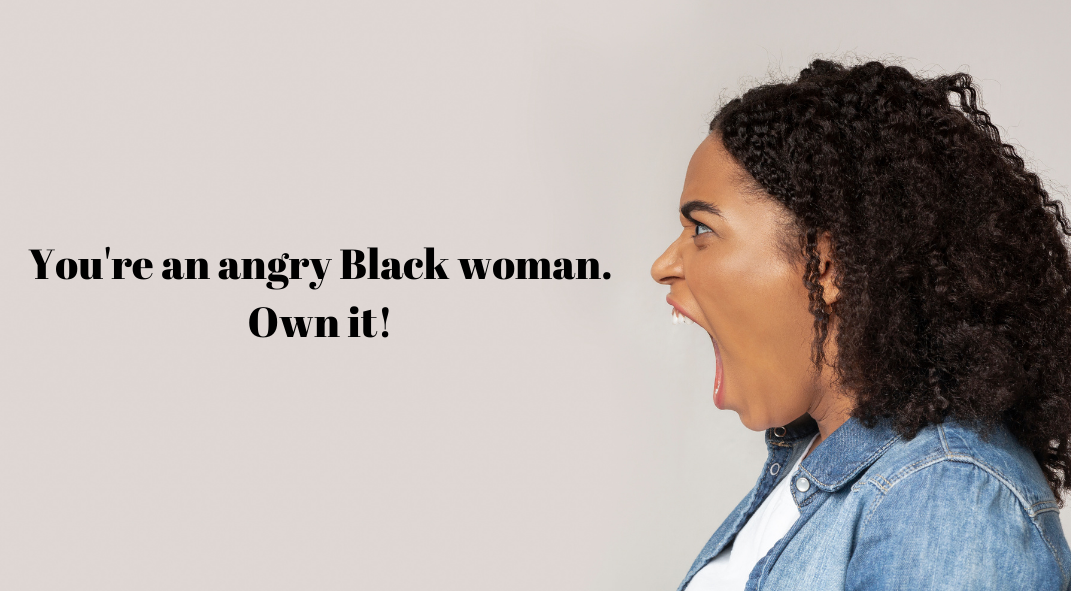Design by Sarah Tulloch with Canva
Lift ev’ry voice and sing …
As I write this article, Joe Biden and Kamala Harris are preparing to speak for the first time as President-Elect and Vice President-Elect of the United States of America after their historic, hard-fought win of the 2020 presidential election.
‘Til earth and heaven ring …
Regardless of whether you are one of the 74 million-plus Americans who voted for the Biden-Harris ticket, it’s hard to ignore the jubilation that fills the streets of many cities around the country as supporters celebrate with strangers and loved ones alike. Many Americans are feeling something that perhaps they were running low on: hope. After four tumultuous, divisive years -- and a 2020 that no one could have imagined -- hope is a welcomed emotion.
Ring with the harmonies of Liberty …
Hope is a feeling of optimism rooted in the expectation that what you want will happen. Hope is about aspiring, believing and leaning on faith. With hope, the positive can prevail. Hope can anchor us when everything else seems uncertain or in decline. It helps us to hang on through anxiety, move through fear, recover from disappointment and reawaken dreams and desires. Hope is what animates our goals and drives us to reach them, which in turn gives us more hope. Yes, hope is regenerative. In working with a client who is experiencing deep sadness or depression, one of the first things that I try to determine is her capacity for hope, because hope is the scaffolding on which to build a way out of despair.
Let our rejoicing rise … high as the list’ning skies …
And hope, especially, is what we need in this moment. With systemic racism and disproportionate deaths from COVID-19 deeply afflicting our communities, hope may, at times, feel like all we have. This experience is not new for us. Historically, hope has fueled our resilience. Hope is what led enslaved Africans to dream of and steal away for freedom. Hope is what led the late Congressman John Lewis and hundreds of other brave souls to march across the Edmund Pettus bridge for voting rights. Hope is what fueled the effort of Shirley Chisholm, the barrier-breaking New York Congresswoman, to become the first Black person from one of the two major parties to pursue the presidential nomination. Hope is what led Black folks, and Black women in particular, to ensure that a Black woman became the first woman and first woman of color elected Vice President of the United States of America.
We immerse ourselves in that which brings us hope. Hope is in our art, our literature and lyrics, on the screen and stage. It’s in the way we masked up, lined up, and broke out in the cha-cha slide while waiting at the polls. Every ballot mailed in was sealed with hope.
Let it resound loud as the rolling sea …
Here are some reasons to remain hopeful in this historic moment and beyond:
Your voice matters. Witnessing the painstaking task of making sure every vote is counted should let you know that your vote matters and that you have the capacity to affect change.
Sing a song full of the faith that the dark past has taught us …
You can make a difference. Not only can you let your voice be heard in the national election, but you can also get involved in your local community. You can help with voter registration efforts, volunteer to be a poll worker, support a Political Action Committee, or you may even choose to run for office yourself. Even outside of politics, there are plenty of opportunities - in person and virtual. Find one that suits you and get involved with something bigger than yourself -- which in and of itself helps instill a sense of purpose and, yes, hope.
Sing a song full of the hope that the present has brought us …
You’re not powerless. This year especially, there may have been moments when you felt helpless. Perhaps you or someone you love fell ill with COVID-19, or perhaps you were financially affected by the pandemic. Yes, there may be some circumstances outside of your control, but if you try to focus on what you can control, and the ways you can find support, you may find that even in the toughest of times, you are more powerful than you think.
Facing the rising sun of our new day begun ...
You can do hard things. Whether you waited in line for hours to cast your vote, whether the candidates you supported down the ballot won or lost, you made it through the most polarizing election in a lifetime, and you are forging your way through what might seem like an impossible 2020. You are a survivor. And may that, too, bring you hope.
Let us march on 'til victory is won
(“Lift Every Voice and Sing” lyrics by James Weldon Johnson & J. Rosamond Johnson.)








